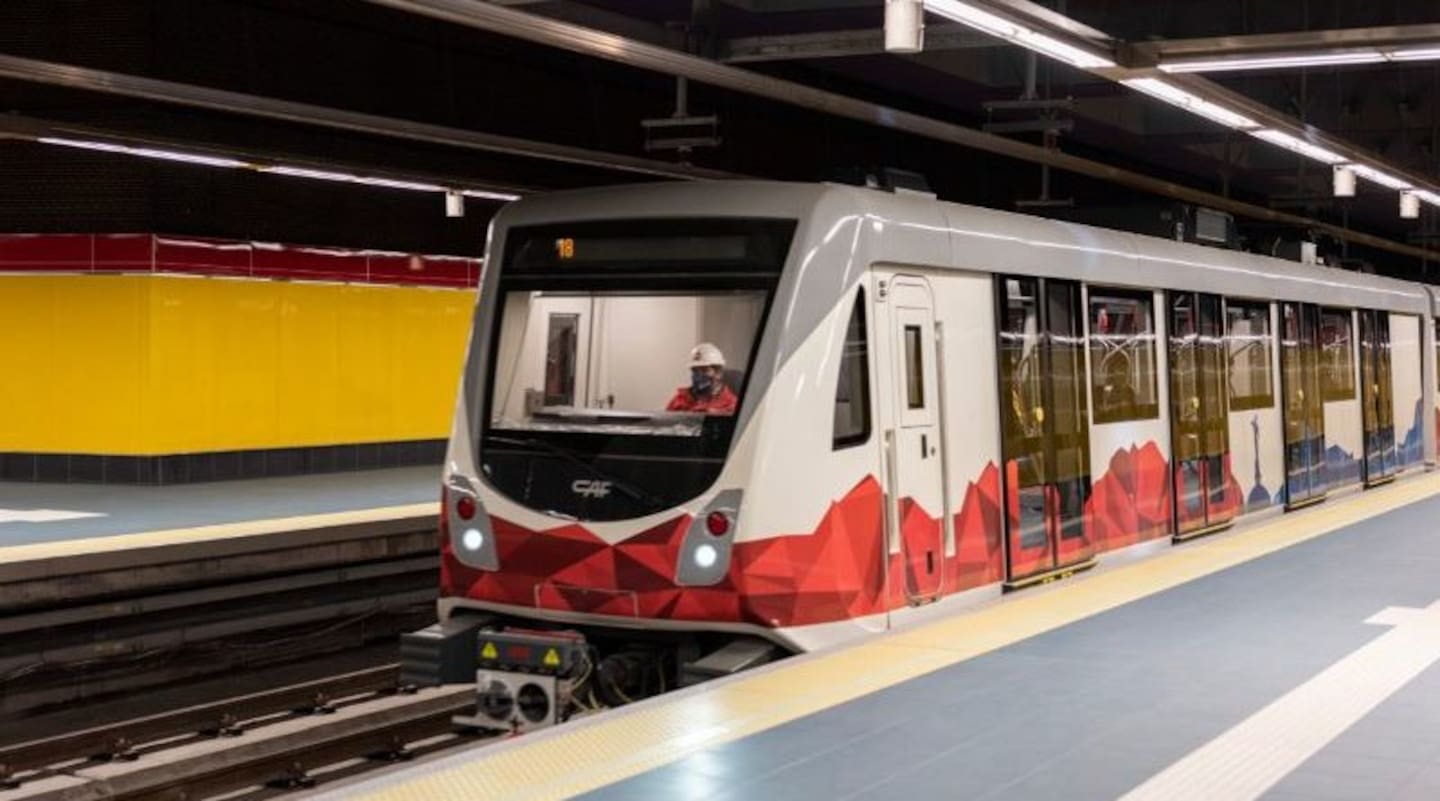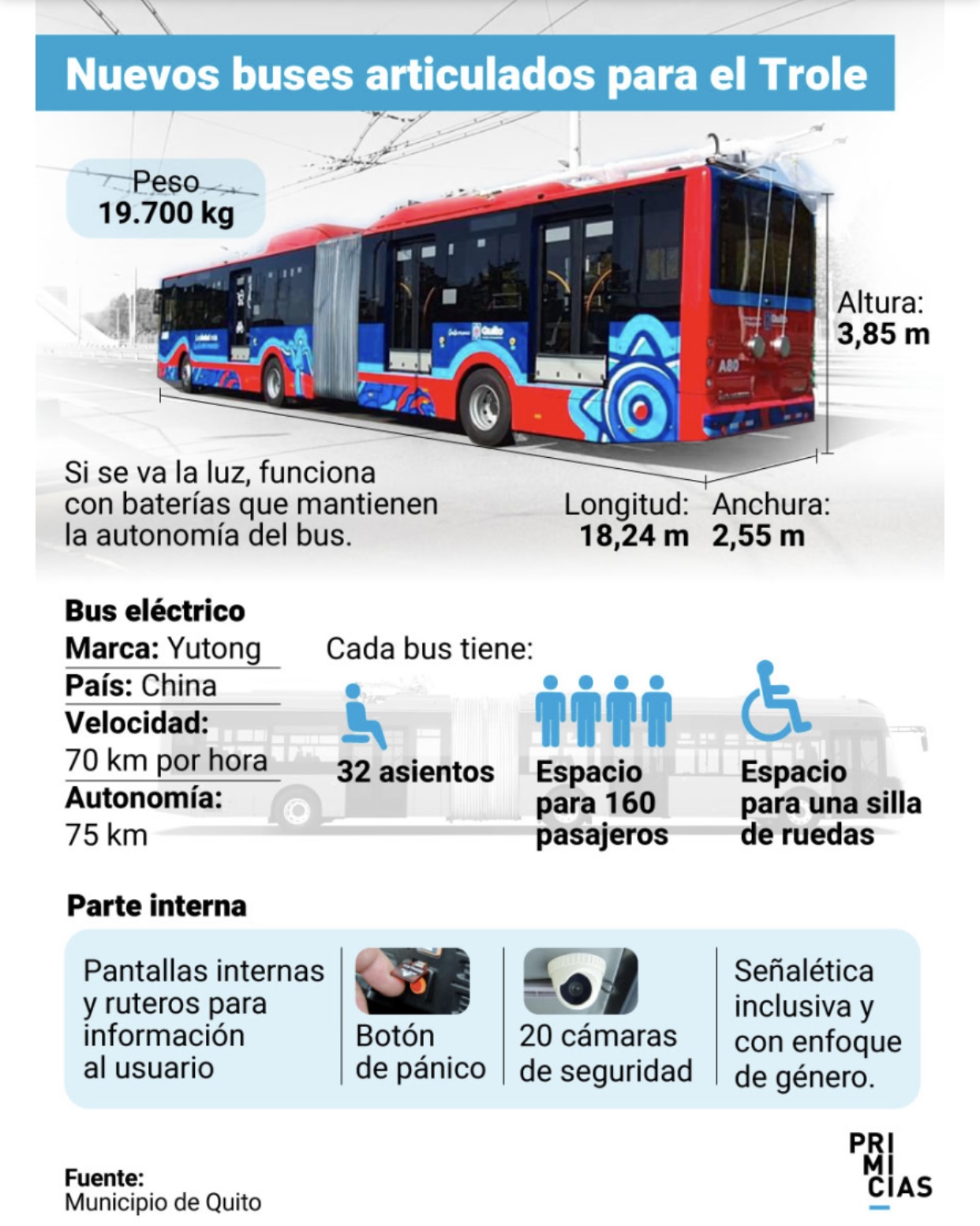Write a post
Quito Metro Expansion: Feasibility Studies to Include Calderón
The Municipality of Quito is moving forward with plans to extend the Metro to Calderón, Ecuador's largest rural parish. Feasibility studies are set to begin in 2025 and will determine whether this ambitious project can become a reality.
Project Scope and Costs
The feasibility studies, which will also finalize cost estimates for extending the Metro to La Ofelia, have been expanded to include the Calderón route. Initially estimated at $6 million, the total cost of these studies has risen to $8 million.
According to Juan Carlos Parra, Metro’s general manager, this decision follows President Daniel Noboa’s announcement that the national government will help finance the project. "The tender process for the studies will begin at the end of January," Parra explained.
However, Quito’s mayor, Pabel Muñoz, expressed concerns about the government’s follow-through on this promise. He noted that, despite attempts to coordinate with Finance Minister Juan Carlos Vega, there has been no response. "On the bright side, international credit organizations have shown interest in funding the project," Muñoz added.
The Municipality expects to complete the studies by the end of 2025.
Source: Primicias.

Quito’s Taxi System Overhaul: Executive and Conventional Taxis Only
Starting January 14, 2025, Quito will officially simplify its taxi system by eliminating subcategories and focusing solely on two classes of taxis: conventional and executive. Here's what this means for residents and drivers in the city.
Goodbye to Red and Green Taxis
The Metropolitan Council of Quito voted to eliminate subcategories of taxis, putting an end to the color-coded system that previously distinguished rural, peripheral, executive, and conventional taxis.
Previously, Quito's taxi system worked as follows:
Rural Taxis (Green & Yellow) These taxis were authorized to operate exclusively in rural parishes of Quito. They could drop off passengers in urban areas but had to return empty.
Peripheral Taxis (Red & Yellow) Known as route taxis, these were restricted to specific routes, operating from one defined point to another without deviation.
Executive Taxis (Black & Yellow) These taxis required customers to pre-book through a cooperative, with pickups limited to homes or offices.
Conventional Taxis (Yellow) Fully yellow in color, these taxis were free to operate throughout the Metropolitan District without restrictions.
What Changes Under the New System?
With the new ordinance in place, only conventional and executive taxis will be permitted. Here’s why this matters:
More Freedom for Drivers Drivers from rural and peripheral areas will no longer face restrictions about where they can operate. This change "guarantees the right to work," according to municipal officials.
Reducing Corruption By eliminating subcategories, transit agents will no longer have opportunities to penalize drivers unfairly, addressing concerns about potential corruption.
Consistency Across the City All drivers now operate under the same rules, simplifying the system for both operators and passengers.
Support from Taxi Representatives
The decision has garnered support from rural taxi representatives, who believe it will promote fairness. María Fernanda Racines, president of the Mobility Commission, stated that the update aligns Quito's municipal code with national transportation laws.
No Increase in Taxi Licenses
Despite these changes, the measure will not increase the number of taxis in Quito. This is strictly an update to existing operating permits. The Secretary of Mobility and the Metropolitan Transit Agency (AMT) will oversee the transition, ensuring that operators meet the new guidelines. The process is expected to take 365 days to complete.
What’s Next for Taxi Operators?
Over the coming year, the city will provide detailed instructions and requirements for operators to adjust to this new system. Drivers are encouraged to stay informed and comply with the updated regulations to avoid complications.
This update is a significant step towards streamlining transportation in Quito, offering both drivers and passengers a more cohesive and fair experience.
Source: Primicias.

Quito's New Articulated Buses Arrive in 2025
Starting in May 2025, Quito will introduce 60 new articulated buses to its public transport system. These state-of-the-art, fully electric vehicles were purchased from Chinese company Yutong for $35.3 million.
Why the Change?
The decision to replace 60 buses comes after 10 current units were deemed beyond repair, and many others suffer frequent breakdowns. The purchase was made possible with savings from a process advised by the UN Office for Project Services (UNOPS), which allowed the city to buy 10 additional buses for $3 million.
Key Features
- Fully Electric: They can travel up to 75 km even during power outages.
- Capacity: 160 passengers, 32 seats, and wheelchair accessibility.
- Safety & Tech: Panic buttons, 20 security cameras, internal screens, and digital route displays.
- Speed: Capable of reaching 70 km/h.
Timeline
The first bus arrives in January 2025, with the rest following in February. A test phase will begin that same month, ensuring everything is operational before the full launch in May.
Integrated Transit System
These buses will be part of Quito’s plan to connect the Trolebús, Metro, and Ecovía with a unified fare of $0.60 starting in July 2025.
City officials hope the new buses will improve the public transport experience, a common complaint among Quito residents.
Source: Primicias.
